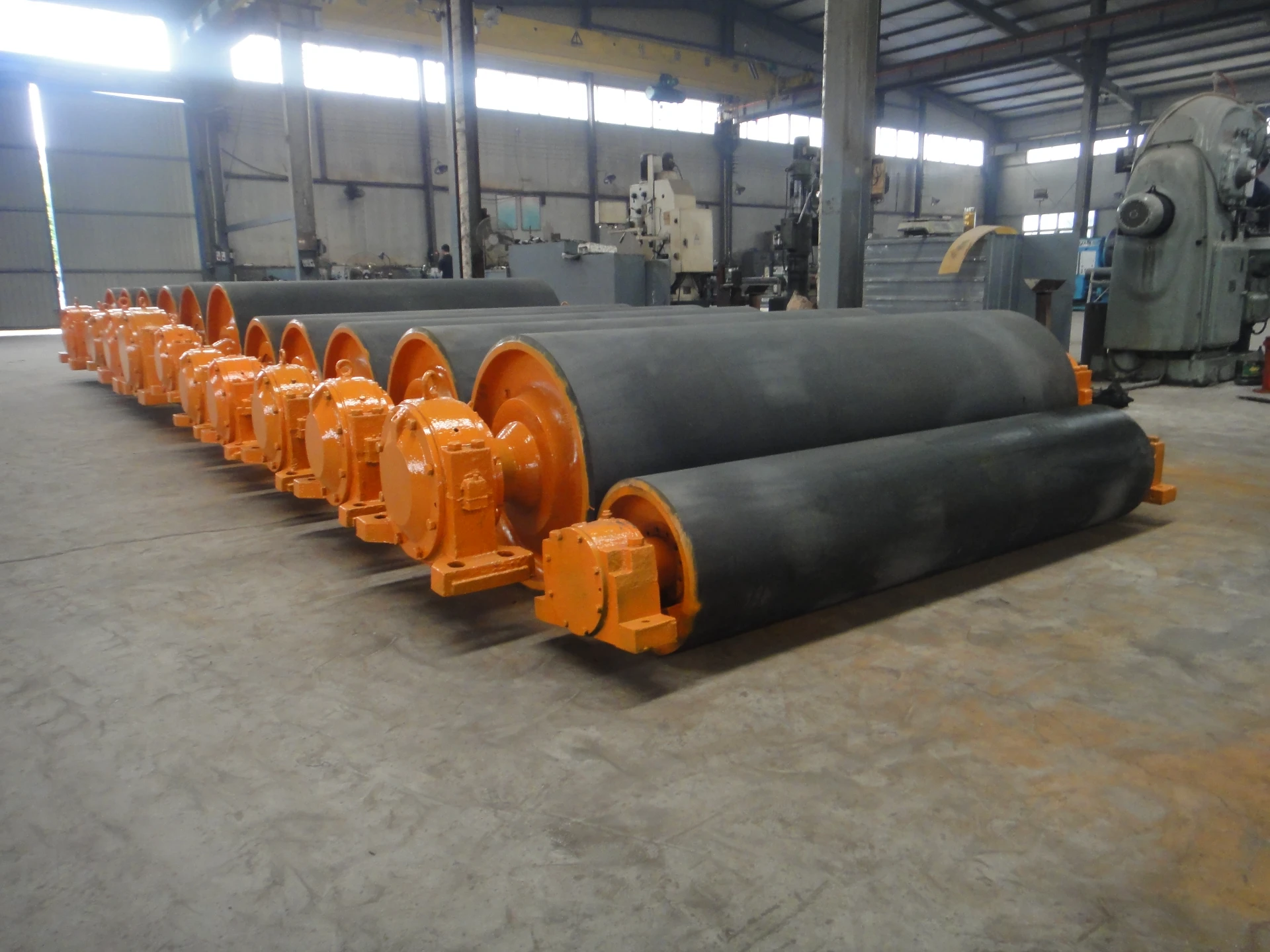 Afrikaans
Afrikaans  Albanian
Albanian  Amharic
Amharic  Arabic
Arabic  Armenian
Armenian  Azerbaijani
Azerbaijani  Basque
Basque  Belarusian
Belarusian  Bengali
Bengali  Bosnian
Bosnian  Bulgarian
Bulgarian  Catalan
Catalan  Cebuano
Cebuano  Corsican
Corsican  Croatian
Croatian  Czech
Czech  Danish
Danish  Dutch
Dutch  English
English  Esperanto
Esperanto  Estonian
Estonian  Finnish
Finnish  French
French  Frisian
Frisian  Galician
Galician  Georgian
Georgian  German
German  Greek
Greek  Gujarati
Gujarati  Haitian Creole
Haitian Creole  hausa
hausa  hawaiian
hawaiian  Hebrew
Hebrew  Hindi
Hindi  Miao
Miao  Hungarian
Hungarian  Icelandic
Icelandic  igbo
igbo  Indonesian
Indonesian  irish
irish  Italian
Italian  Japanese
Japanese  Javanese
Javanese  Kannada
Kannada  kazakh
kazakh  Khmer
Khmer  Rwandese
Rwandese  Korean
Korean  Kurdish
Kurdish  Kyrgyz
Kyrgyz  Lao
Lao  Latin
Latin  Latvian
Latvian  Lithuanian
Lithuanian  Luxembourgish
Luxembourgish  Macedonian
Macedonian  Malgashi
Malgashi  Malay
Malay  Malayalam
Malayalam  Maltese
Maltese  Maori
Maori  Marathi
Marathi  Mongolian
Mongolian  Myanmar
Myanmar  Nepali
Nepali  Norwegian
Norwegian  Norwegian
Norwegian  Occitan
Occitan  Pashto
Pashto  Persian
Persian  Polish
Polish  Portuguese
Portuguese  Punjabi
Punjabi  Romanian
Romanian  Russian
Russian  Samoan
Samoan  Scottish Gaelic
Scottish Gaelic  Serbian
Serbian  Sesotho
Sesotho  Shona
Shona  Sindhi
Sindhi  Sinhala
Sinhala  Slovak
Slovak  Slovenian
Slovenian  Somali
Somali  Spanish
Spanish  Sundanese
Sundanese  Swahili
Swahili  Swedish
Swedish  Tagalog
Tagalog  Tajik
Tajik  Tamil
Tamil  Tatar
Tatar  Telugu
Telugu  Thai
Thai  Turkish
Turkish  Turkmen
Turkmen  Ukrainian
Ukrainian  Urdu
Urdu  Uighur
Uighur  Uzbek
Uzbek  Vietnamese
Vietnamese  Welsh
Welsh  Bantu
Bantu  Yiddish
Yiddish  Yoruba
Yoruba  Zulu
Zulu conveyor pulley types
Understanding Conveyor Pulley Types
Conveyor pulleys play a vital role in material handling systems, serving as essential components that support and guide conveyor belts. They come in various types, each designed for specific functions and applications. Understanding the types of conveyor pulleys can help in selecting the right one for your needs, thus enhancing system efficiency and longevity.
1. Drive Pulleys
Drive pulleys, often referred to as head pulleys, are critical in conveyor systems as they are responsible for driving the conveyor belt forward. Located at the end of the conveyor, the drive pulley rotates via a motor, generating the necessary force to move the belt and the materials on it. These pulleys are typically designed with a high coefficient of friction to ensure effective belt grip, preventing slippage. They can be equipped with various drive systems, including direct drives or gear drives, depending on the conveyor design.
2. Return Pulleys
Return pulleys are found at the opposite end of the drive pulleys in a conveyor system. Their primary function is to support the return side of the belt, allowing it to travel back to the head pulley. Return pulleys are usually designed to be smooth to reduce wear on the belt as it returns. Although they do not typically drive the belt, they are crucial for maintaining the belt's alignment and tension throughout the system.
Impact pulleys are strategically placed in areas where heavy material loads are discharged onto the belt. They are reinforced to withstand significant impacts and prevent damage to the conveyor belt. The design of impact pulleys includes additional cushioning or rubber coatings, which absorb shock and reduce the wear and tear on both the belt and other conveyor components. Utilizing impact pulleys is vital for prolonging the lifespan of the conveyor system, especially in heavy-duty applications.
conveyor pulley types

4. Bend Pulleys
Bend pulleys, as their name suggests, are used to change the direction of the conveyor belt. These pulleys help maintain the belt's path, especially when the conveyor's layout requires bends or curves. Properly installed bend pulleys ensure that the belt does not misalign or run off track. These pulleys often come with a cylindrical shape to reduce friction and facilitate smooth operation.
5. Take-Up Pulleys
Take-up pulleys are essential for tension adjustments within the conveyor system. They ensure that the belt maintains optimal tension throughout its operation, which helps prevent slippage and excessive wear. These pulleys are typically equipped with a take-up mechanism, allowing for easy adjustments as the belt stretches or wears down over time. A well-maintained take-up system is critical for operational efficiency and the longevity of the conveyor belt.
6. Tail Pulleys
Located at the receiving end of the conveyor, tail pulleys are similar to return pulleys in that they support the belt as it returns. However, they often serve additional functions, such as ensuring proper belt alignment and acting as a support point for the conveyor frame. Tail pulleys can also be designed to minimize friction, ensuring smooth operation as the belt transitions back to the drive side.
Conclusion
In conclusion, selecting the appropriate type of conveyor pulley is vital for optimizing conveyor system performance. Every pulley type—whether a drive, return, impact, bend, take-up, or tail pulley—serves unique functions that contribute to the overall efficiency and durability of the material handling process. Understanding these differences empowers engineers and operators to make informed choices, ultimately leading to a more effective and longer-lasting conveyor system.
-
Trusted Conveyor Solutions from Leading Conveyor Idler Roller ManufacturersNewsJun.27,2025
-
Reliable Return Idler Solutions for Efficient Belt Conveyor SystemsNewsJun.27,2025
-
Precision Conveyor Accessories for Streamlined Material HandlingNewsJun.27,2025
-
High-Quality Belt Conveyor Idler Solutions for Efficient Material HandlingNewsJun.27,2025
-
High-Performance Belt Conveyor Pulleys for Reliable Material HandlingNewsJun.27,2025
-
Enhancing Material Handling EfficiencyNewsJun.27,2025





























